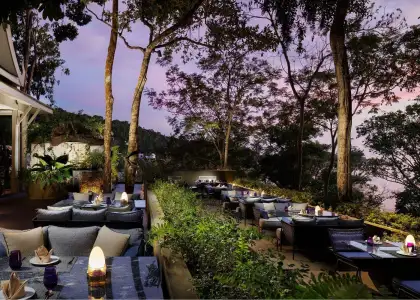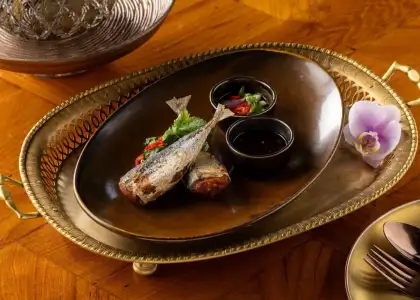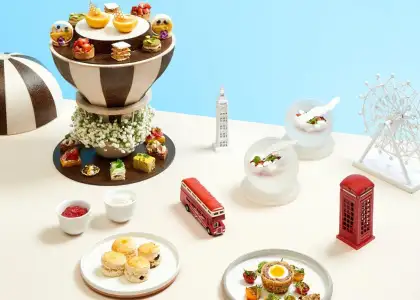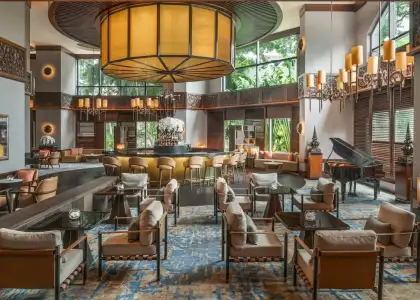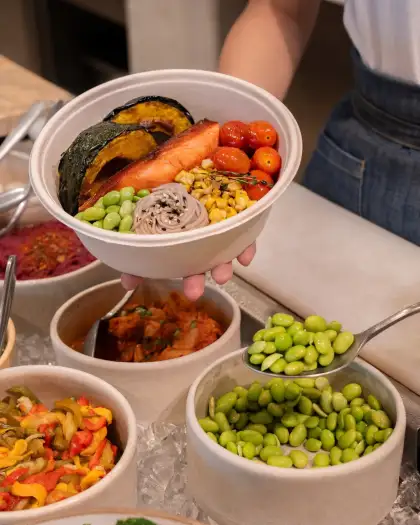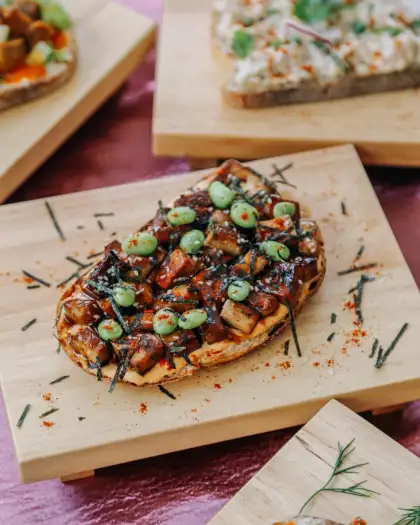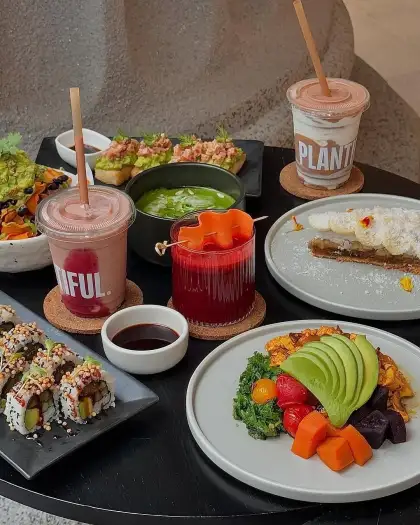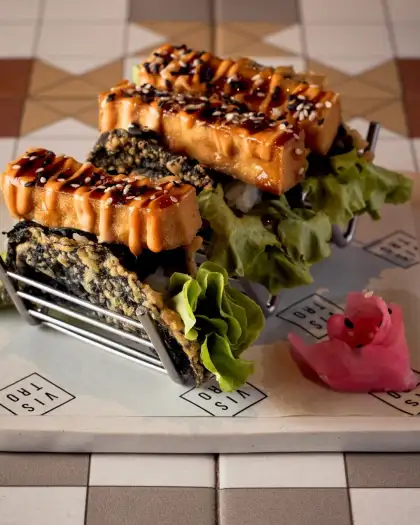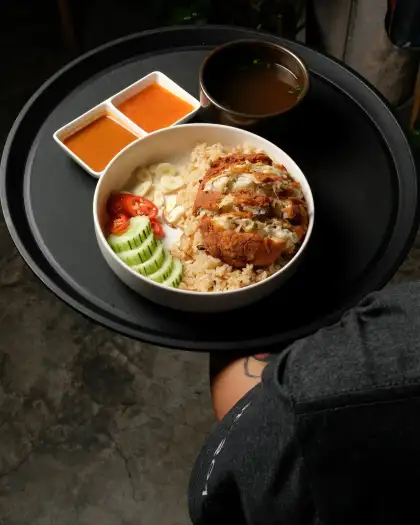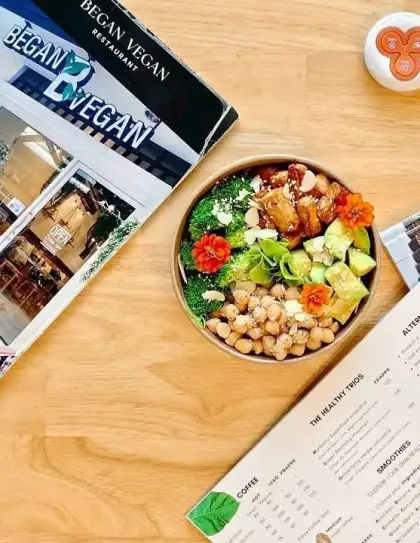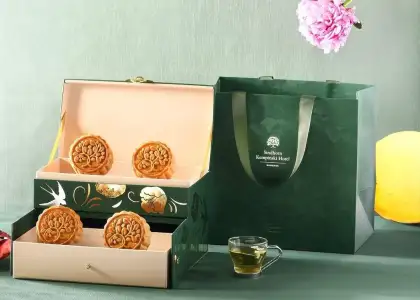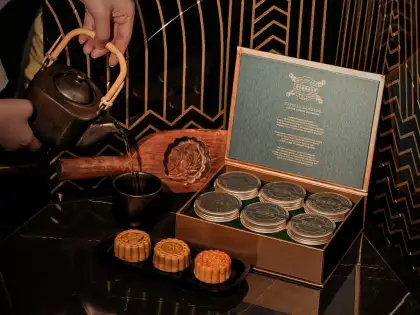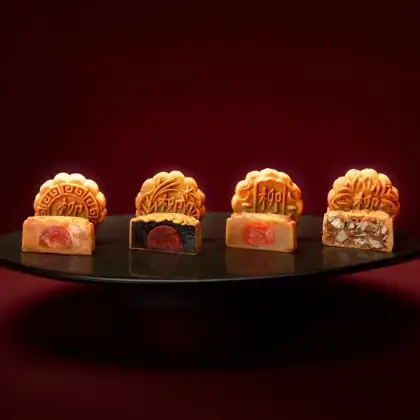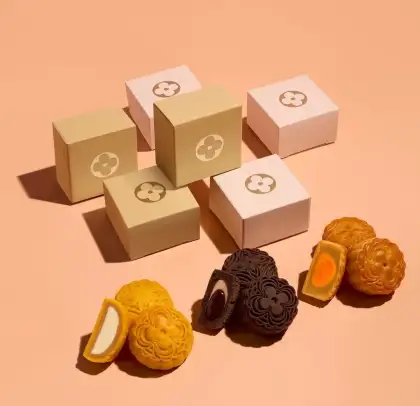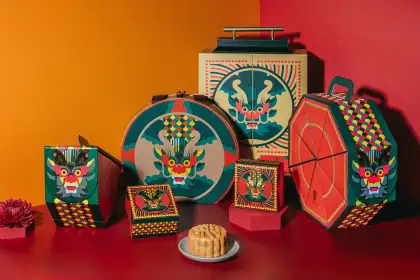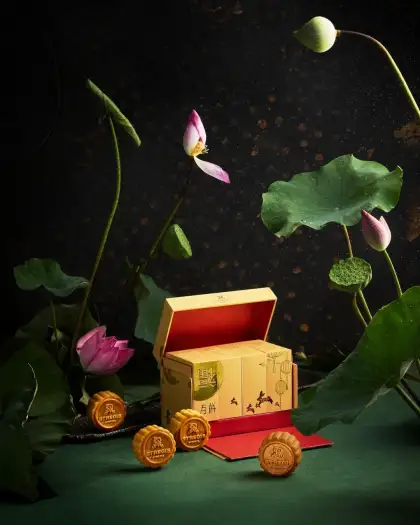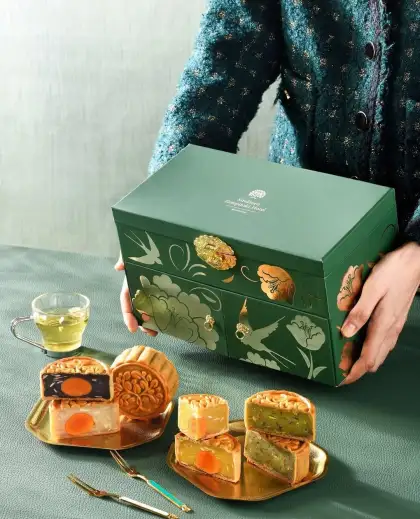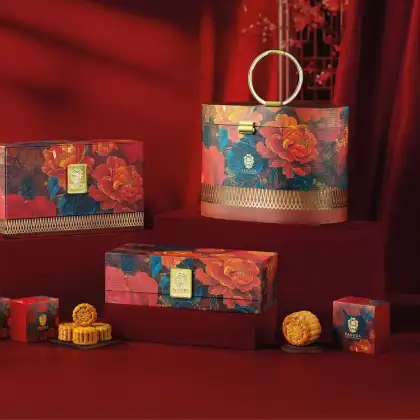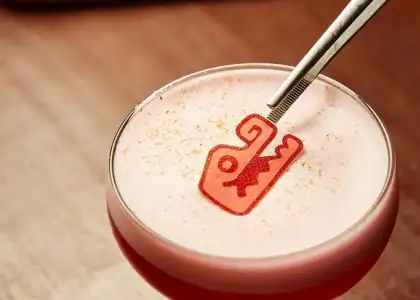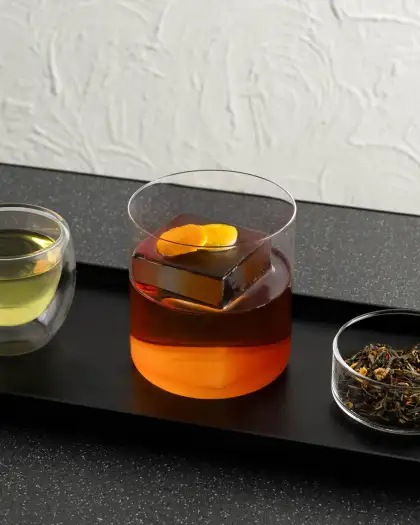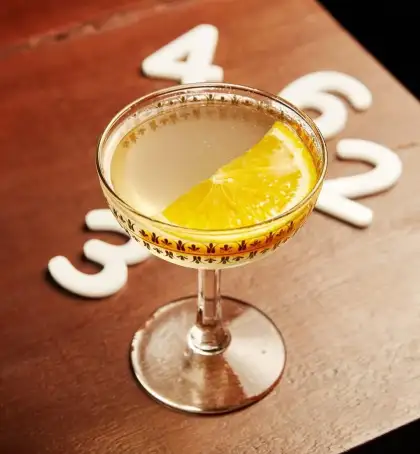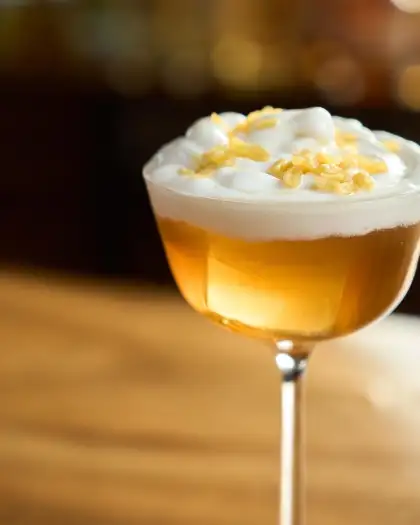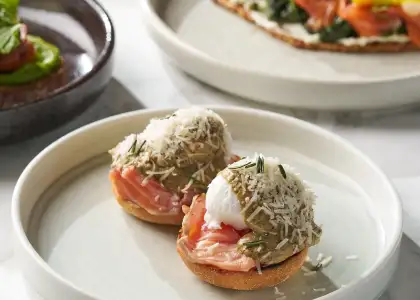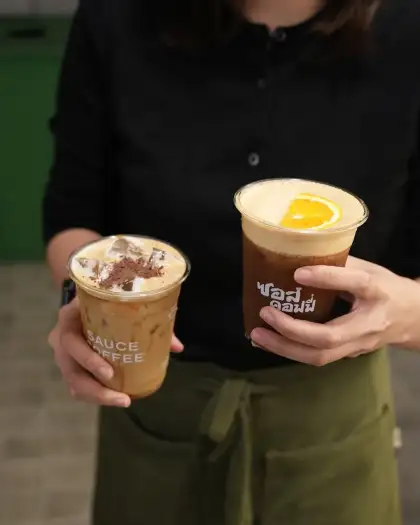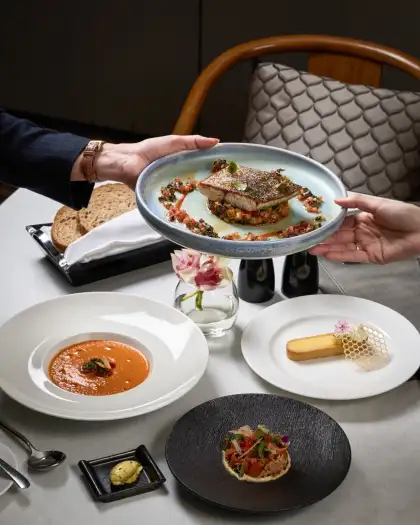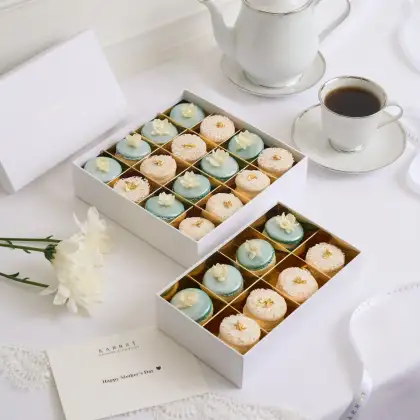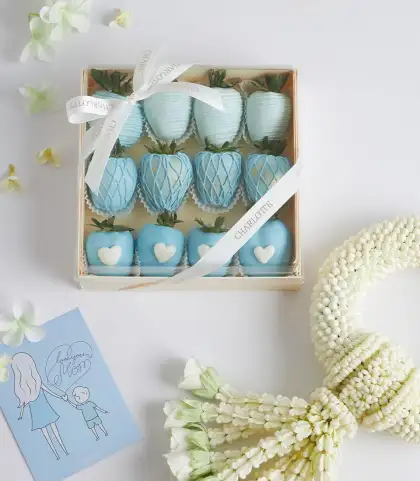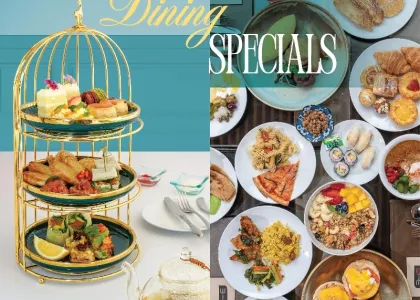Food Writer Chawadee Nualkhair Shares Her Rainy-Day Food Recommendations
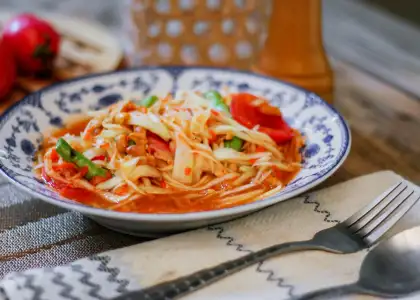
Thailand is arguably one of the most famous food destinations in the world. From beloved favorites such as Pad Thai and Tom Yum to obscure staples such as Kung Che Nam Pla (shrimp ceviche) and Kai Mot Daeng (red ant eggs), the Thai palate is both eclectic and enjoyable.
Thai-American food writer, Chawadee Nualkhair, who has lived in Bangkok and has devoted much of her platform to shedding the spotlight on the dynamic street food scene of her native Thailand, speaks to us about her seasonal favorites. Chawadee is both a published author and blogger and has appeared on Netflix’s “Street Food: Asia” and “Somebody Feed Phil.” With such credentials, it’s obvious that this wordsmith has passionately guided a multicultural audience through the many cornerstones of local cuisine. Today, she shares her thoughts and philosophies on the varying palates of her country.
How would you describe the Thai palate? In your own words, what makes it unique?
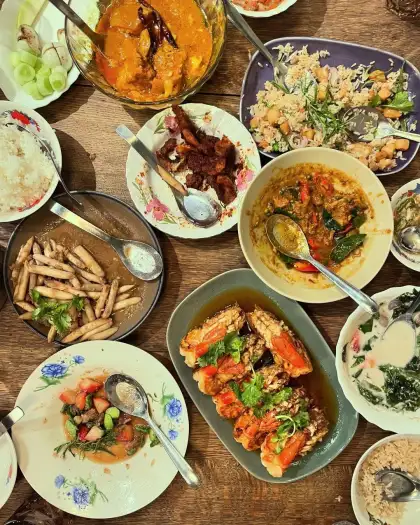
Chawadee: A lot of people will say that the Thai palate requires a "balance" of flavors: sour, spicy, salty, sweet, and occasionally bitter. This is actually the Central Thai palate. The coconut milk, palm sugar, and lime juice that people normally associate with Thai food are largely Central Thai ingredients.
Each region has a different flavor profile depending on what ingredients are readily available there.
In the North (where a lot of bitter, tannic greens and vegetables grow in the mountains), a lot of dishes are salty, [full of] umami, slightly bitter, and relatively mild compared to the rest of Thailand. In the Northeast (Isan), the food is Khmer- and Laotian-influenced and famously spicy and salty, utilizing greens and vegetables also foraged from the forests and umami from "pla rah," or fermented fish.
In the beachy South, seafood melds with Chinese and Muslim influences alongside umami from shrimp paste and ear-ringing spice (think the Southern "sour curry" or gang lueng, or spicy kua kling stir-fry).
What are the challenges in F&B today?

Chawadee: The economy all over the world is struggling and inflation is making life harder for everyone. Restaurants and street vendors aren't immune.
Because of the bad economy, the government is less zealous about "liberating" the sidewalks "for the people." It follows a typical cycle where street food flourishes during a bad economy (because everyone needs cheap food), but suffers in a good economy. The government is still half-heartedly trying to control it by encouraging registration of vendors and other measures, but as with everything in Thailand, things are very difficult to really control, especially during a downturn.
What are your favourite Thai foods to eat during the rainy season and why?
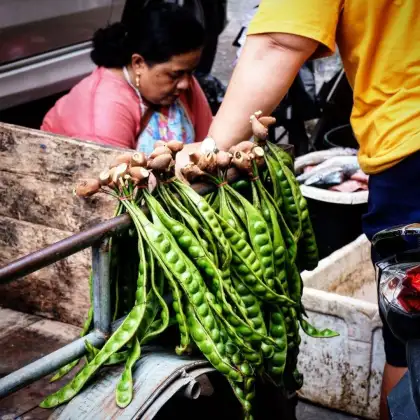
Chawadee: The first things that come to mind for me are bamboo shoots — I basically have an Isan soup called "Gang Bper [sic]" every week, which is full of bamboo shoots and is flavored liberally with another rainy season ingredient, the umami-heavy juice from yanang leaves. I also love bamboo shoots blanched and served with chili dips or shredded into an Isan salad like "Gang Nor Mai."
Sator or "stinkbeans" are also a beginning-of-rainy-season thing and are prevalent in Southern Thai cooking in dishes like "Goong Pad Sator (shrimp stir-fried with stinkbeans in shrimp paste)." They are bitter, so they can be an acquired taste, but I just love them.
Are there “seasonal dishes” that Thais enjoy during specific times of the year? If yes, what?

Chawadee: Every summer, Bangkok is full of advertisements for "Khao Chae," or summertime rice. It's an extremely labor-intensive dish that was created by the Mon people (arguably in Petchaburi) but made 1000 times more complicated in the Royal Palace, where rulers like King Rama V would transport ice over long distances just for this specialty.
The rice is washed repeatedly so that its grains don't cloud the water it's in; the water itself has ice cubes and is scented with flowers like jasmine blossom. Sometimes the jasmine aroma is aided by lighting a candle made especially to permeate the rice grains.
The side dishes, which include a lot of stuffed vegetables like shallots stuffed with fish mousse and banana peppers stuffed with pork mince, are all deep-fried, with the banana pepper covered with an egg lattice. There's also shredded, lacquered meat and shrimp paste balls, and the accompanying fresh vegetables and herbs are all beautifully carved — all in all, about three days of work, according to some chefs.
My favorite seasonal dish is Northern Thai which comes in November, when the rice is newly harvested. It's called "Khao Nook Nga" and it's fresh young sticky rice steamed and served with black sesame and a little bit of sugar. In Isan, there's a saying that November is the season when "the rice is new and the fish are fat" because of the cold water, and it's my favorite time of year for Thai food.
If someone wants to start cooking more Thai dishes, what ingredients or spices would they need to keep onhand?
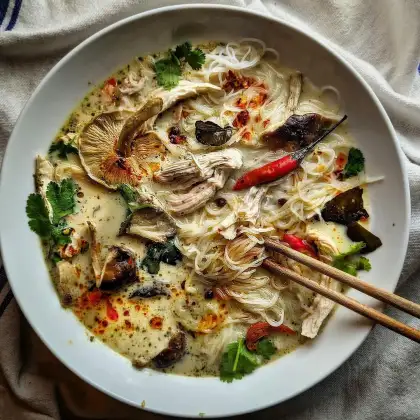
Chawadee: Thai food is hard to cook abroad because it requires a lot of hard-to-find ingredients. But there are three ingredients that you probably can't substitute: lemongrass, makrut lime leaves, and galangal. These three ingredients make up a lot of Thai recipes (and luckily, keep well in the freezer). You can use Mexican chilies or soy sauce instead of fish sauce, but it's hard to call something Thai without those three ingredients. Sometimes you can substitute young ginger for galangal, but it often doesn't turn out well, trust me. Ginger can become very bitter and ruin everything. You have to use just a smidge.
You also need a mortar and pestle. I know a lot of people use blenders and food processors nowadays, but the taste isn't the same. The mortar and pestle release the essential oils in the ingredients. If you don't have one, you need to first bash ingredients like lemongrass bulb, chilies, garlic, shallots, and/or galangal before adding them to the blender.
In your opinion, what makes Thai food “authentic”?

Chawadee: I had a conversation with Chef Num of Samuay and Sons recently where he said authenticity is a Western concept. That made me think a lot and realize that, yes, he was right. It's a form of gatekeeping, skewed in favor of people who have the money to travel. When the Thai Foreign Ministry actively started encouraging Thai people to open restaurants abroad, they mandated dishes where the ingredients would be relatively easy to find abroad or to substitute (Pad Thai, Green Curry, Tom Yum soup, etc.) Because of the difficulty in securing Thai ingredients (including Thai shallots and garlic) everywhere, these dishes almost always taste differently from how they taste in Thailand. Does that mean they are less authentic? Or simply that it's prohibitively expensive to taste just like it would in Thailand? Restaurants have to survive, and they survive by using local ingredients and appealing to the tastes of the people who live there. There are not enough Thai people in the world to make a restaurant abroad fully "authentic." It's not a good or bad thing.
The funny thing is, this has led to people who travel to Thailand from abroad and end up being disappointed in the cuisine because it tastes different. It doesn't mean they have bad taste; in their eyes, it's not "authentic" because it doesn't taste the way they've always had it. That's what authenticity ultimately is: how much a flavor adheres to someone's memory. That's a hard thing to replicate for everyone. Using this metric, there are so many unhappy Bangkokians grappling with inauthentic food in this very city!
Get the latest curated content with The Beat Asia's newsletters. Sign up now for a weekly dose of the best stories, events, and deals delivered straight to your inbox. Don't miss out! Click here to subscribe.





















